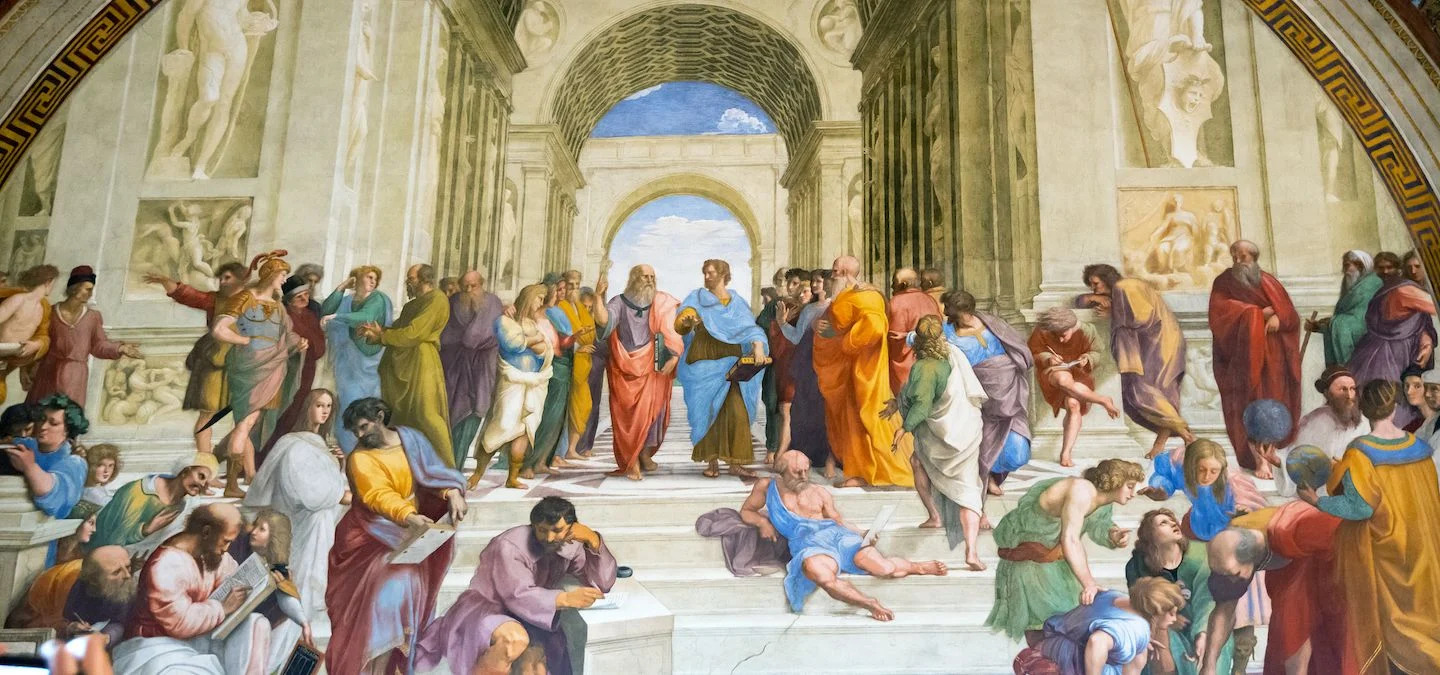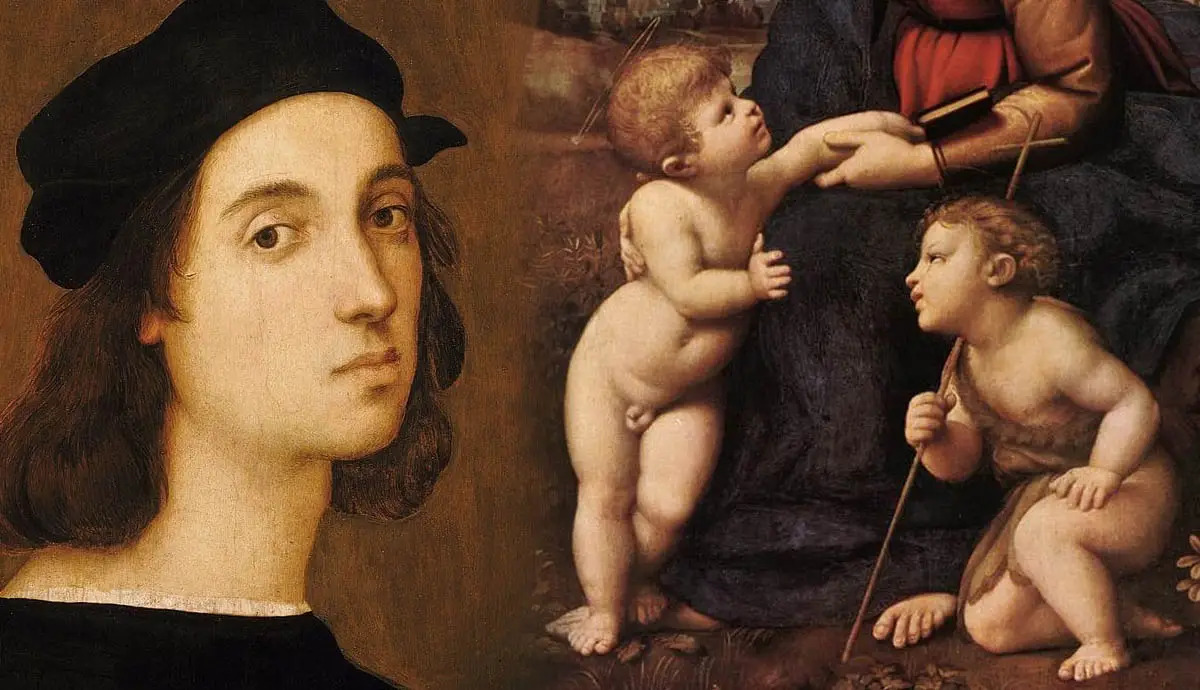
Raphael is widely regarded as one of the most influential and talented artists of the Italian Renaissance. Born on April 6, 1483, in Urbino, Italy, he made significant contributions to the fields of painting and architecture. Throughout his life, Raphael created breathtaking masterpieces that continue to inspire and captivate art enthusiasts worldwide. In this article, we will explore 18 intriguing and lesser-known facts about this remarkable artist, shedding light on both his personal life and artistic achievements.
Early Life and Education
Raphael, whose full name was Raffaello Sanzio da Urbino, displayed a natural talent for art from a young age. He received his early training in Urbino under the guidance of his father, Giovanni Santi, who was a painter. This early exposure to art laid the foundation for his future success.
Renaissance Influences
As a prominent figure of the Renaissance, Raphael drew inspiration from the works of other renowned artists of his time, including Leonardo da Vinci and Michelangelo. He studied their techniques and incorporated their ideas into his unique style.
Vatican Commissions
Raphael’s talent eventually led him to Rome, where he received several important commissions from Pope Julius II and his successor, Pope Leo X. One of his most famous works, “The School of Athens,” was commissioned for the Vatican’s Apostolic Palace.
The Raphael Rooms
Raphael’s frescoes adorn several rooms within the Vatican, collectively known as the Raphael Rooms or the Stanze di Raffaello. These rooms showcase his exceptional skill in composition, perspective, and storytelling.
Sublime Portraits
One of Raphael’s notable contributions to art is his mastery of portraiture. His ability to capture the essence and personality of his subjects is evident in paintings such as “Portrait of Baldassare Castiglione” and “Portrait of Pope Julius II.”

Madonna Paintings
Raphael’s devotion to the subject of Madonna and Child is well-known. His numerous paintings depicting the Virgin Mary and baby Jesus exhibit a tender and serene quality that resonates with viewers.
Symbolism in Art
Raphael often incorporated symbolism into his works, adding layers of meaning and depth. For example, in “The School of Athens,” he portrayed Plato with Leonardo da Vinci’s features, emphasizing the connection between ancient wisdom and contemporary knowledge.
Influence on Landscape Painting
While Raphael is primarily celebrated for his portraits and religious paintings, he also made significant contributions to the genre of landscape painting. His landscapes, often featured as backdrops in his compositions, display a keen observation of nature and atmospheric effects.
Collaborations with Other Artists
Raphael recognized the value of collaboration and frequently worked alongside other renowned artists of his time. He collaborated with Giulio Romano on the decoration of the Villa Farnesina, showcasing his versatility and ability to adapt his style to different projects.
Architectural Endeavors
Beyond his accomplishments in painting, Raphael also delved into architecture. He contributed to the design of various architectural projects, including the plans for St. Peter’s Basilica in Rome. His architectural drawings demonstrated his meticulous attention to detail.

Impact on Art Education
Raphael’s artistry and techniques continue to serve as a valuable resource for art education. His works are often studied and analyzed by aspiring artists to understand composition, color theory, and storytelling.
Untimely Death
Tragically, Raphael’s life was cut short at the age of 37. He passed away on April 6, 1520, due to a sudden illness, leaving behind a rich artistic legacy and unfinished projects.
Posthumous Influence
Even after his death, Raphael’s influence persisted and extended beyond the art world. His legacy inspired subsequent generations of artists, including the Mannerist and Baroque painters who followed in his footsteps.
Rediscovery and Appreciation
In the 19th century, there was a renewed interest in Raphael’s works, leading to a revival of his popularity. His art was rediscovered by a new generation of art critics and collectors, who recognized his extraordinary talent and contributions.
Artistic Geniuses of the Renaissance
Raphael was part of a trio of artistic geniuses during the Italian Renaissance, alongside Leonardo da Vinci and Michelangelo. Together, they revolutionized the art world, pushing boundaries and setting new standards of excellence.

Legacy in the Vatican Museums
Raphael’s works continue to be celebrated and cherished in the Vatican Museums, where visitors can marvel at the beauty and brilliance of his artistic creations. His paintings attract millions of art enthusiasts each year.
Raphael’s Last Painting
One of Raphael’s final works, “Transfiguration,” is considered a masterpiece. It showcases his skill in composition and his ability to convey complex emotions through art. This painting, completed shortly before his death, serves as a testament to his enduring talent.
Inspiration for Artists Today
Even in the modern era, Raphael’s art continues to inspire and influence contemporary artists. His technical prowess, attention to detail, and ability to infuse emotion into his works serve as a timeless source of inspiration.
Conclusion
Raphael’s contributions to art are undeniably significant and have left an indelible mark on the art world. His talent, creativity, and dedication continue to be celebrated and studied to this day.
Frequently Asked Questions (FAQs)
What are some famous paintings by Raphael?
“The School of Athens”
“Madonna of the Chair”
The Sistine Madonna
“Portrait of Baldassare Castiglione”
“Transfiguration”
Where can I see Raphael’s paintings?
The Vatican Museums in Vatican City
The Uffizi Gallery in Florence, Italy
The Louvre Museum in Paris, France
The National Gallery in London, United Kingdom
How did Raphael influence other artists?
His techniques and style influenced Mannerist and Baroque painters.
Artists studied his works to understand composition, color theory, and storytelling.
What is the most famous fresco painted by Raphael?
“The School of Athens” is widely regarded as Raphael’s most famous fresco. It is located in the Vatican’s Apostolic Palace.
How did Raphael die?
Raphael died at the age of 37 due to a sudden illness on April 6, 1520.
Was this page helpful?
Our commitment to delivering trustworthy and engaging content is at the heart of what we do. Each fact on our site is contributed by real users like you, bringing a wealth of diverse insights and information. To ensure the highest standards of accuracy and reliability, our dedicated editors meticulously review each submission. This process guarantees that the facts we share are not only fascinating but also credible. Trust in our commitment to quality and authenticity as you explore and learn with us.
